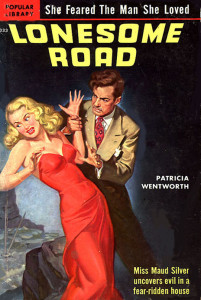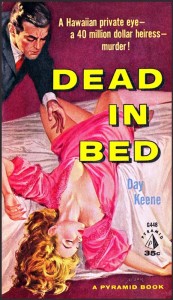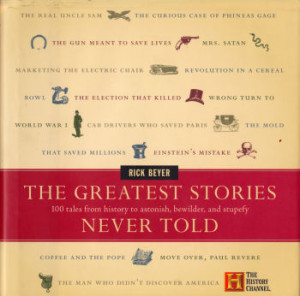
When did the powers that be decide that trade paperbacks were the right way to go? I understand why authors would welcome this format–I would gather that the more expensive the work, the more royalties paid. Mass market paperbacks give little return for the author. And maybe, maybe the print is larger, although, I’ve not seen much difference. Trade paperbacks, as I remember them from my ancient days of book-selling, were reserved for weighty novels, or works of nonfiction or biographies, and classics. Now, any romance, or teen vampire title is produced in this format. Begging the question why? Except, it’s a no brainer why. More money in the publishers’ coffers. The sum of money demanded for a mass market paperback is steep, but the same novel in trade paperback form is highway robbery, as a cliche goes.
I entered the portals of a B&N with no particular title in mind for purchase. I was restless, needed a book break, and was willing to hand over my hard earned pennies to the only bookstore still standing in my area. I wandered among the mystery section, moved from it’s central location to make room for the above mentioned teen twilights, and couldn’t find one new title that wasn’t in trade form. That irks me. A lot. Fifteen, sixteen bucks for a paperback just because it’s more rectangular than horizontal like mass markets, is a ridiculous price to pay. Just to clarify, my opinion is no reflection upon authors–I’m sure that the amount of sweat, toil, tears needed to create one book is more than worth a billion bucks, but for the average Diane, whose budget is like most, it’s out of reach to buy many of these oversized tomes. Say I liked the sound of the synopsis on two back covers equally and couldn’t decide

which I’d like to read more. Normally, it would be a simple thing–I’d buy both. Even at 9 bucks a pop, that’s 18 plus tax. Now think about two titles in trade–and we are looking at 30 or more. Same amount of words, of story, of suspense, of grisly mutilated bodies, almost twice the cost. Who has the money for that? And where are they, because I don’t know many people who can shell out that amount for 2 books. It’s hard enough to swallow the unbelievable sum of money one pays in ransom for the release of a just published opus hardcover, but if a title has been in that form for an entire year, and now is out in paperback, it’s supposed to be affordable enough for those who couldn’t come up with the original hardcover sum. (By the way–I have no idea when the word hardcover changed to the ugly hardback, but this old old person will continue to use the correct terminology until they pry the hardcover from her arthritic paper cut fingers).
At least that’s what I always believed paperbacks were born for–a cheap way to read the books one couldn’t afford to buy otherwise. For a long time only the wealthy could afford to read, unless you could find the titles you wanted in a used bookstore. Sometime around the late 30s early 40s, especially during the war years, paperbacks abounded with gritty
sensational artwork to lure the unsuspecting male into buying a book written about a spinster detective because a half nude women was on the front. And read the public did. In 1950 original paperbacks were born–instead of reprinting from hardcover form, authors were published directly in paperback–with cheap paper, crappy glue bindings, and more slutty women on

the covers. With entirely original stories. Since then the mass market paperback has flourished, up until now. Now, the majority of titles I see in the mystery section are trade, and once again I feel that access to books is becoming a rich person’s playground.
Obviously, one can buy an e-book, or wait until the the internet booksellers offer a used copy for 1 cent plus shipping. But if you are like me, and simply wanted a new freshly minted mystery book, and you wanted it right then and there, your choices are limited. And that’s downright unAmerican. (I have no idea what that phrase really means, it’s sort of a blanket statement for all those who disagree with all those others’ point of view) Did I end up buying anything at all? Please, I am genetically engineered to be unable to leave a place where books reside without obtaining at least one. After seated and absorbing more of my favorite relaxation reading, The Sociopath Next Door, an odd sized paperback in the remainder piles caught my eye. A little book containing historical facts no one is taught, such as how John Wilkes Booth inadvertently saved Lincoln’s son’s life, the founder of the Boy Scouts was a British spy, how if Annie Oakley had been a bad shot, World War I may not have started. Technically a trade paperback, it appears to have had no original price–so perhaps like films that go directly to home video, this book was published specifically to be a remainder. However it came to be, it was worth the 7 bucks. Oh that it could have been what I really wanted, a nice decently priced murder. Sigh.
